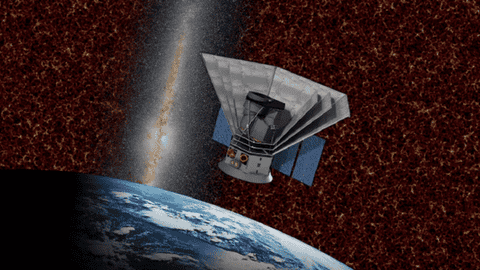NASA claims that the Solar Wind and Space Telescope missions will “carpool” into orbit in April 2025. The spaceflight is expected to have five satellites aboard the Falcon 9 rocket. One of the statellites will be for astrophysics research and four for solar science research. On August 3, NASA issued a statement saying that the reason for the “space carpooling” arrangement is to save launch costs and enhance comprehensive launch capabilities. The carpool launch site is located at Vandenberg Space Base in California, USA.
One of the solar wind missions, officially known as the Coordinated Polarizer for the Corona and Heliosphere (PUNCH), studies the solar wind and the continuous stream of charged particles flowing from the Sun. NASA claims that the four satellites for the Solar Wind mission will push back their launch dates. They will now launch two years from 2023 to overcome Sputnik supply chain issues. Furthermore, another space mission is the Spectrograph of Cosmic History, Reionization Era, and Ice Explorer (SPHEREx Space Telescope for short). According to NASA, the original schedule for this mission to launch is June 2024.
NASA uses the space telescope to map galaxies
The SPHEREx space telescope will map the 300 million galaxies in the universe and 100 million stars in the Milky Way. In addition, it will also look for signs of water and organic molecules (life-friendly) in space. These can be found in stellar breeding zones, where young stars are surrounded by gas and dusty area. In addition, NASA uses the space telescope to map galaxies in the universe. It is hoping to find relevant statistical patterns that help explain the rapid expansion of the universe. We know that after the Big Bang, there was rapid expansion of the universe.
The telescope is technically a miniature car (about 1.2 tons), and if all goes according to plan, it will be NASA’s first “near-infrared all-sky spectroscopic mission,” which can observe 102 near-infrared colours. “This will be a major breakthrough, moving from black and white to colour,” said Allen Farrington, head of the space program.
At the same time, the PUNCH mission will study solar ejecta and the hot corona. These are important breakthrough in NASA’s study of the origin of the solar wind. They will also complement the Parker Solar Probe, which periodically enters the corona.
